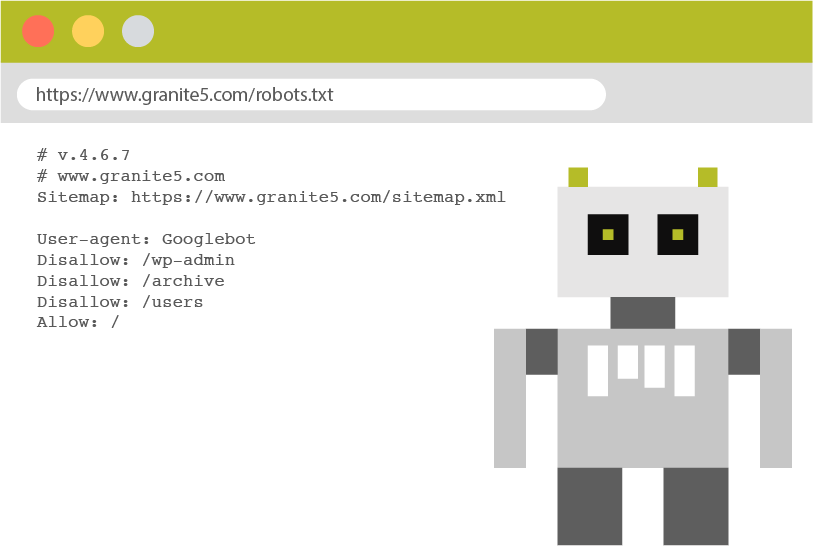Guide to Robots.txt
2 min read

What is robots.txt?
Robots.txt is a text file webmasters create to instruct web robots (typically search engine robots) how to crawl pages on their website. The robots.txt file is part of the robots exclusion protocol (REP), a group of web standards that regulate how robots crawl the web, access and index content, and serve that content up to users. The REP also includes directives like meta robots, as well as page-, subdirectory-, or site-wide instructions for how search engines should treat links (such as “follow” or “nofollow”).
In practice, robots.txt files indicate whether certain user agents (web-crawling software) can or cannot crawl parts of a website. These crawl instructions are specified by “disallowing” or “allowing” the behaviour of certain (or all) user agents.
How does robots.txt work?
Search engines have two main jobs:
- Crawling the web to discover content;
- Indexing that content so that it can be served up to searchers who are looking for information.
To crawl sites, search engines follow links to get from one site to another — ultimately, crawling across many billions of links and websites. This crawling behaviour is sometimes known as “spidering.”
After arriving at a website but before spidering it, the search crawler will look for a robots.txt file. If it finds one, the crawler will read that file first before continuing through the page. Because the robots.txt file contains information about how the search engine should crawl, the information found there will instruct further crawler action on this particular site. If the robots.txt file does not contain any directives that disallow a user-agent’s activity (or if the site doesn’t have a robots.txt file), it will proceed to crawl other information on the site.

Further reading
- moz.com/learn/seo/robotstxt
- robotstxt.org
- support.google.com/webmasters/answer/6062608?hl=en
- yoast.com/ultimate-guide-robots-txt/
Speak with our digital marketing team for more details about robots
